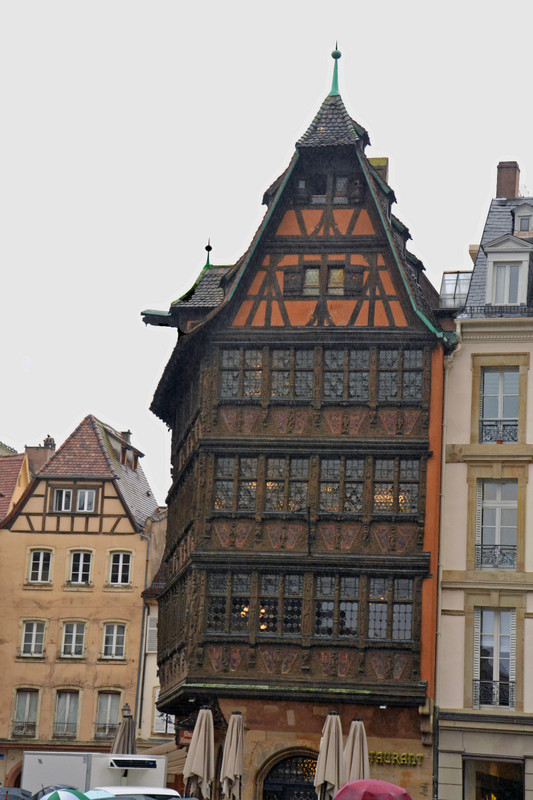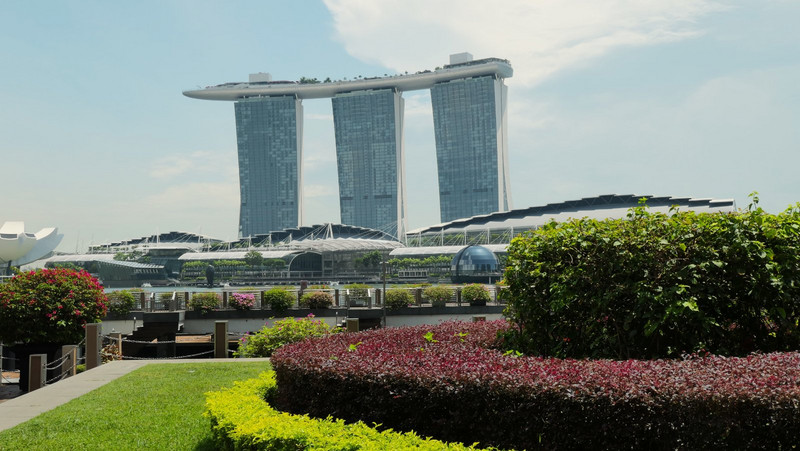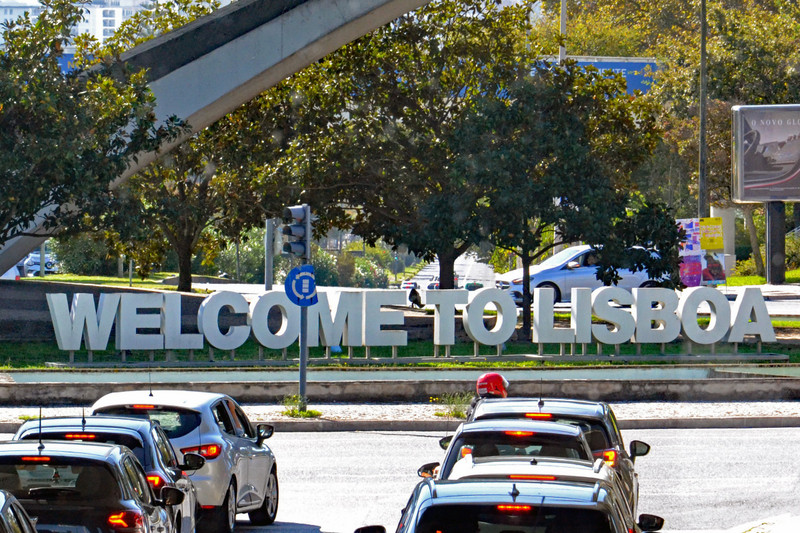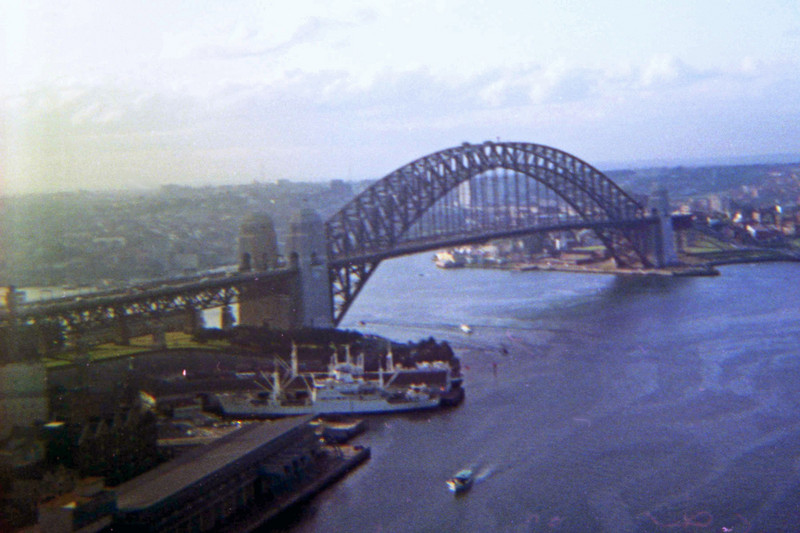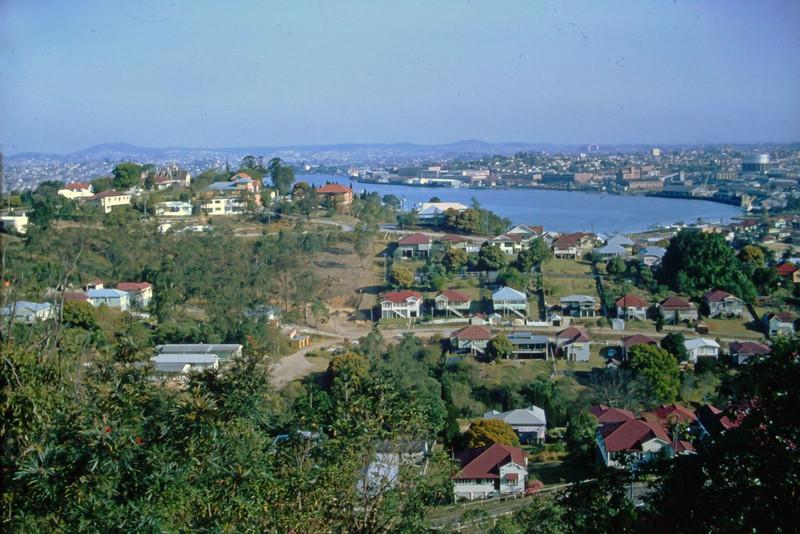Maison Kammerzell. Built in 1427 and rebuilt in 1467 and 1589 when the Renaissance upper levels were added. The timbered structure is considered one of the most ornate and well preserved among late Gothic civil structures. Originally occupied by a draper and then by a cheese merchant. The ground level represents Medieval Gothic trading rows. Adaptive reuse as a restaurant.16 Place de la Cathdrale. The in front of the W. faade of the cathedral, contains several ancient examples of architecture, the finest of which is the Kammerzellsche Haus cent.), recently well restored and fitted up as a 1911. Part of Strasbourg, and Neustadt UNESCO World Heritage site. DSC_0945p1
The next morning Viking Sigrun docked in Kehl, Germany, directly across the Rhine from Strasbourg, France. The morning shore excursion was to Strasbourg. Again this was an amazing sight. Strasbourg had been fought over by France and Germany for centuries up to World War II. Now all was peaceful The regional tram system seamlessly connects Strasbourg and Kehl and there has been discussion of consolidating the municipalities. Who would have imagined it?
The motorcoach took us across the Pont de lEurope. The old customs area is closed. Our first stop was the Place de la Rpublique with the grand Palais du Rhin. Today it houses the cultural affairs office for Grand Est, but it was built during the German occupation as the Kaisers residence in Strasbourg. The coach let the group off at the Place de la Rpublique and a walking tour with a local guide began. At the other side of the Pont du thatre was the Opra de Strasbourg. The opera house opened in 1821 and is Strasbourgs principal music venue. From here, we followed the Place Broglie to Rue du Dme. As one might expect, this street led directly to Strasbourg Cathedral.
Villa built in 1904. At one time it was a restaurant, the Rheinfischer. Owned by the Port autonome de Strasbourg (Strasbour Port Authority) today. 5 Rue du Page. DSC_0894p1
inside the cathedral in time to see the ringing of the Astronomical Clock. There was a long queue to see it, but we made it. When it is set off, 18 figures move around it and a rooster crows. After that, there was free time to explore the cathedral and its environs. Susan and I went back out to the Place de la Cathdrale to admire it and the buildings. It was now raining and we ducked into a souvenir shop. Once the crowd at the cathedral had lessened, we returned inside to see more of the interior. Strasbourg Cathedral was built beginning in 1015 on the site of a Carolingian era church that may have been on the site of a Roman building. Originally built in the Romanesque style, tastes had changed to Gothic by 1284 when it was rebuilt and enlarged. It is somewhat unusual in that it has only one tower (two were planned). The nave is Gothic and the 13th century Pillar of the Angels in the nave dates from the same era and workshop as the west faade. The apse is a mix of Romanesque and Gothic with some 19th century elements added.
glise orthodoxe de de Strasbourg - All Saints Russian Orthodox Church. Consecrated in 2019. 106 Rue du Gnral Conrad. DSC_0899p1
The group rendezvoused at the west faade, headed to Place Gutenberg (Johannes Gutenberg was in residence in Strasbourg in 1434 to 1444) and then walked along Rue du to reach the motorcoach on the other side of the Ill River. The historic center of Strasbourg, Grande Ȋle, is an island formed by a division of the Ill River.
